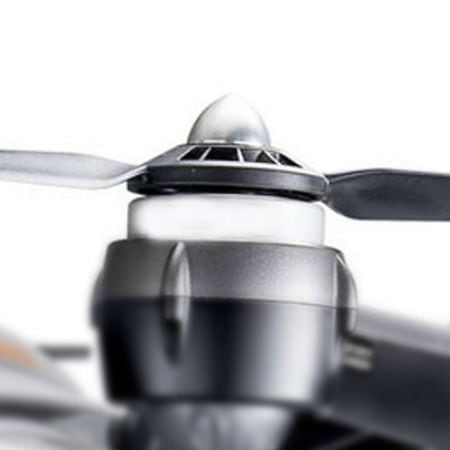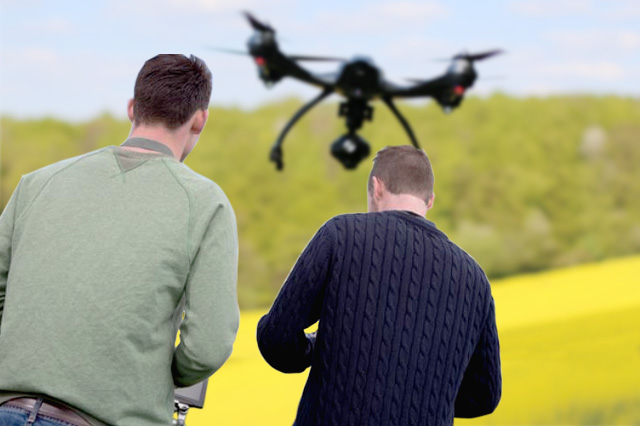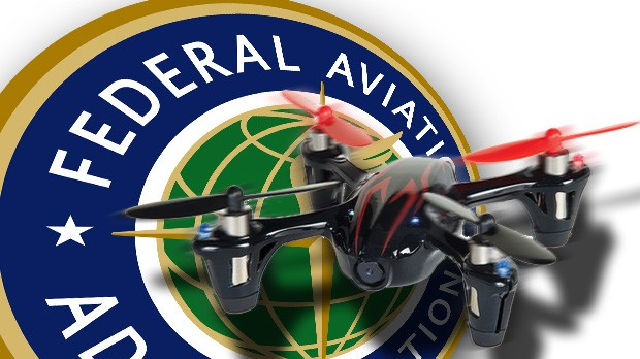
Ann Morgan is a director and a legal powerhouse based at the firm of Fennemore Craig Attorneys and serves as a general counsel to the Reno-Tahoe Airport Authority. Part of her duty is to scrutinize the laws that guide drone operations.
The popularity of drones has increased tremendously over the last five years. Everyone—from hobbyists to amateur photographers to sport enthusiasts to commercial companies—has purchased drones for use. Some even mount them with GPS tracking device. Their use, though, has raised the question of privacy rights in some quarters, and according to Morgan, protecting privacy is a big concern in regulating unmanned aerial vehicles.
Expanding the Laws That Guide Drone Operations
Scroll down for video

Morgan said, “It addresses a number of things, but among them, it addresses what law enforcement can and cannot do with unmanned aerial vehicles, what public agencies can and cannot do, such as search and rescue, sheriffs.”
Lawmakers from the state of Nevada, on June 2, 2015, passed Assembly Bill 239 to limit the use of drones. The bill served to regulate operators of unmanned aerial vehicles in the state. It constitutes of laws that guide drone operations.
The Assembly Bill 239 prohibits drones from operating within 500 feet of critical facilities, meaning government buildings or power plants or within five miles of an airport. It makes flying less than 250 feet over a property a misdemeanor as well as flying over people. It also states that drones must be operated within the operator’s line of sight and must never be above 500 feet. These are among the laws that guide drone operations.
Jon Williams, former FAA executive, said, “The FAA is really throwing resources at it because they get that this is the new big thing.”
There are also other prohibitions like arming drones with firearms. It makes this a felony.
Personal privacy is protected by the US constitution’s Fourth Amendment, which means law enforcement can’t also use drones to infringe on any citizen’s right (even during surveillance) without having either a warrant or an exception to warrant requirements as people should have a reasonable expectation of privacy. This will serve to prohibit unreasonable search and seizure.
The FAA is the body that regulates the laws that guide drone operations and thus, the use of drones as it is technically an aircraft by law. These laws are necessary to avoid illegal drone operations.
“Public agencies deploying drones in firefighting or search and rescue need to get what is called a Certificate of Waiver or Authorization or COA from the FAA,” Morgan explains.
“The point of the COA is that no one is allowed to fly an unmanned aerial vehicle or drone without the FAA’s permission except for a model aircraft—that’s a whole different category. But we’re talking that foe either public use or civil use, you cannot fly one without the FAA’s permission,” Morgan added.

DroneWatchDogs
Placer County Sheriff’s Sgt. Dave Hunt is in charge of the search-and-rescue operations, and he disclosed that each year, hikers and skiers get lost in the Tahoe; but regrettably, the option of drone technology has still not been explored by his agency.
Hunt says, “There are still rules being applied at this point and they, FAA, are still drawing them up. It won’t be awhile before we make that leap”.
Chris McConnell is the president of Tahoe Nordic Search and Rescue Inc., a team of individuals with high levels of medical, mountain, and skiing skills. The Nordic team is called out many times each year, responding to a variety of search-and-rescue operations. McConnell is a fixed wing pilot and he explains that it would be quite difficult to maintain the current FAA line of sight requirement in some areas around Tahoe, like the back country.
He said, “It would be challenging to fly a drone for search and rescue in some cases without losing sight of it. That’s a big one right now is the limitation to flying a drone, and it has to be under line of sight. I always have to be able to see it.
“You can imagine if someone is standing in the parking lot of a ski resort, a ski patrol that’s going to fly that drone up the ski resort over the back side, down a ravine. You quickly lose sight, so there’s a legal limitation today that we have to comply with to be able to maintain line of sight that makes that very difficult.”
The chief engineer of the Nevada Advanced Autonomous Systems Innovation Center (NAASIC), Richard Kelley, designs and tests UAVs and also tries to help solve problems with technology. He said, “If we start to fly in areas with denser population, we have the state law to keep in mind, we also have FAA regulations, which are fairly specific about drones and how you can conduct a flight operation above or around people not involved in the activity. We have to be mindful of those sorts of things.”
Kelly continued, “New developments are being announced almost every day. Honestly, the way that I keep up with a list of technology is by following companies on Twitter, because that’s the only medium that is moving fast enough to capture the pace of development.”
Kelley says that he’s part of a team that is working on a NASA project to develop a traffic management system for UAV but noted that the industry is changing so rapidly it’s hard to keep up.
The FAA currently is reviewing and examining several issues that border on the drone technology industry. It is trying to broaden the scope of the laws that guide drone operations and an important issue the FAA will address is whether to expand UAV flights beyond visual line of sight.
The re-authorization of the Federal Authority Administration was passed by the Senate. This amended bilk will give FAA programs the legal authority to continue to do the onerous job of making the skies safer for all of us.
Watch the video below